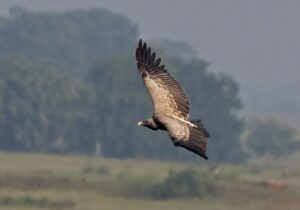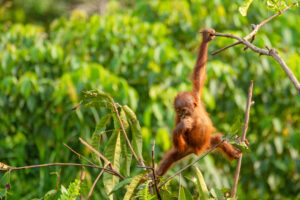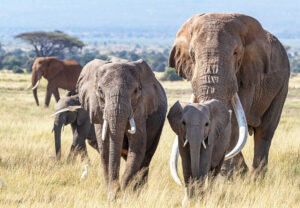A passion for the natural world drives many of our adventures. And when we’re not outside, we love delving into discoveries about the places we live and travel. Here are some of the best natural history links we’ve found this week.
World’s crankiest cat found on world’s tallest mountain: Scientists have found evidence of Pallas’s cat on Mount Everest in Nepal. The fluffy cats are known for their disparaging looks.
Scientists found poo samples from the small cats at two different locations on the southern side of the mountain. Amazingly, the elusive cats have remained hidden until now. In 2019, Everest had over 50,000 visitors. In recent years, overcrowding on Everest has affected both climbers’ safety and the state of the mountain. Defactor’s article imagines an interview with the angry cats and their thoughts on the ever-increasing tourism on their mountain.
Strange stars
Rare pair of stars are behaving very ‘weirdly’: Researchers have spotted a binary star system. Two stars make up this rare system, where gravitational pull connects the two suns and causes them to orbit each other.
There are only 10 known binary star systems in the entire Milky Way. This makes them a one-in-ten billion system. Usually, the stars have an elliptical orbit, but this pair has a circular one.
One of the stars is a depleted supernova. When the star exploded and its core collapsed, the explosion was weaker than expected. This caused the unusual orbit shape. The system is 11,400 light-years from Earth. Researchers believe that the stars could eventually collide and trigger a kilonova.

The expedition team poses next to the meteorite. Photo: Alicia Valdes/Field Museum
Seventeen-pound meteorite found in Antarctica: Scientists have discovered five new meteorites in Antarctica. The largest is one of the heaviest ever found on the continent. It weighs 16.7 lbs.
“Size doesn’t necessarily matter when it comes to meteorites. But of course, finding a big meteorite like this one is rare and really exciting,” expedition scientist Maria Valdes said. The team found the meteorites near the surface of the ice in January. After tens of thousands of years, the movement of the ice had brought them up to the surface. The meteorites are all perfectly intact because the ice has protected them.
The Royal Belgian Institute of Natural Sciences now has samples of the meteorites to analyze. “Studying meteorites helps us better understand our place in the universe,” Valdes said.
Resurrecting the dodo
Bringing the dodo back to life: Company Colossal Biosciences has announced they want to bring the dodo back to life. This is the third extinct species they claim they can bring back. The first was the woolly mammoth and the second was the Tasmanian tiger.
The team extracted mitochondrial DNA from historic dodo samples and found that its closest living relative is the Nicobar pigeon. They then coded the dodo’s entire genome. Next, they need to genetically modify the genome of a closely related species so that it mirrors that of a dodo.
In mammals, scientists would implant the genome into an egg cell prior to fertilization. The problem is that “there is no access to a bird egg cell at the same developmental time as there is for a mammal,” paleogeneticist Beth Shapiro explained. They are trying to find a way to extract the cells they need from bird eggs.

Can one company bring the iconic dodo back to life? Photo: Shutterstock
How big is the largest possible earthquake?: The Valdivia earthquake is the largest ever recorded. It hit Chile in 1960 with a magnitude of 9.5. The earth shook for 10 minutes. The resulting tsunami reached even Australia and New Zealand. One survivor initially thought that the Cold War had led to a nuclear Armageddon.
Geoscientists have now confirmed that a larger earthquake could occur. For that to happen, a huge section of the Earth’s crust would need to break at one time, creating a fault line that was both incredibly long and deep.
Though it is possible, it is unlikely. There are only a few places on Earth where a fault of this size could form. For this to happen, a dipping fault (a fault that is not perfectly vertical) would need to form at a subduction zone, the area where two tectonic plates meet.






